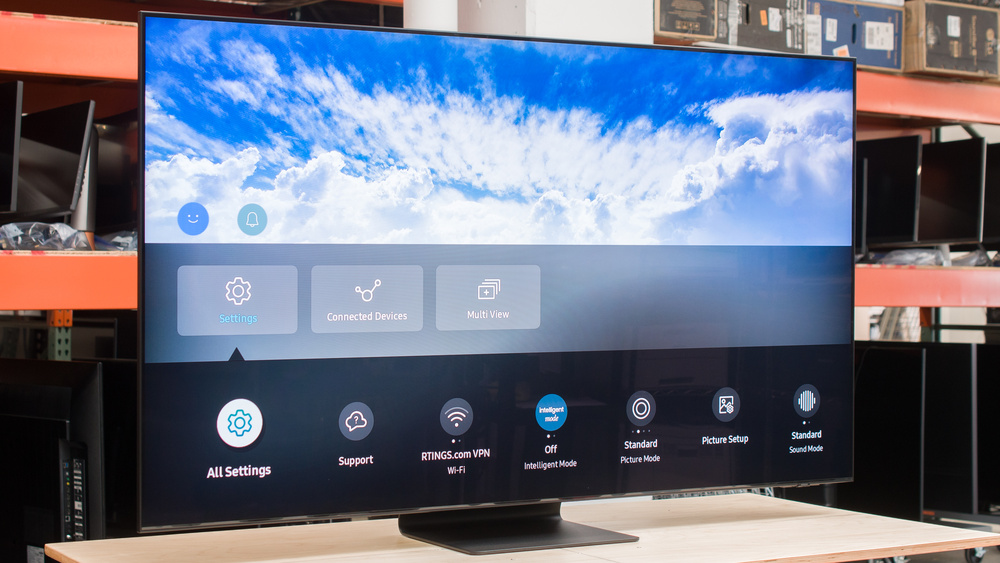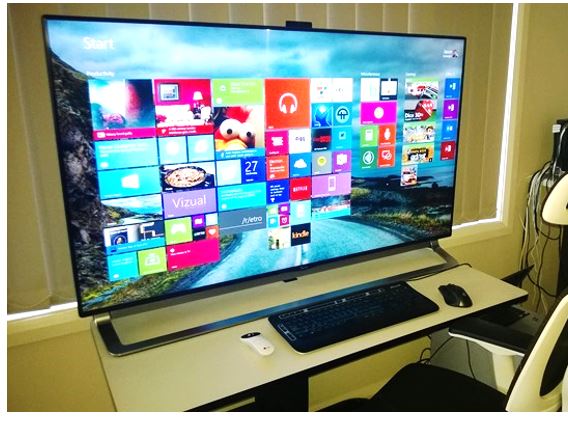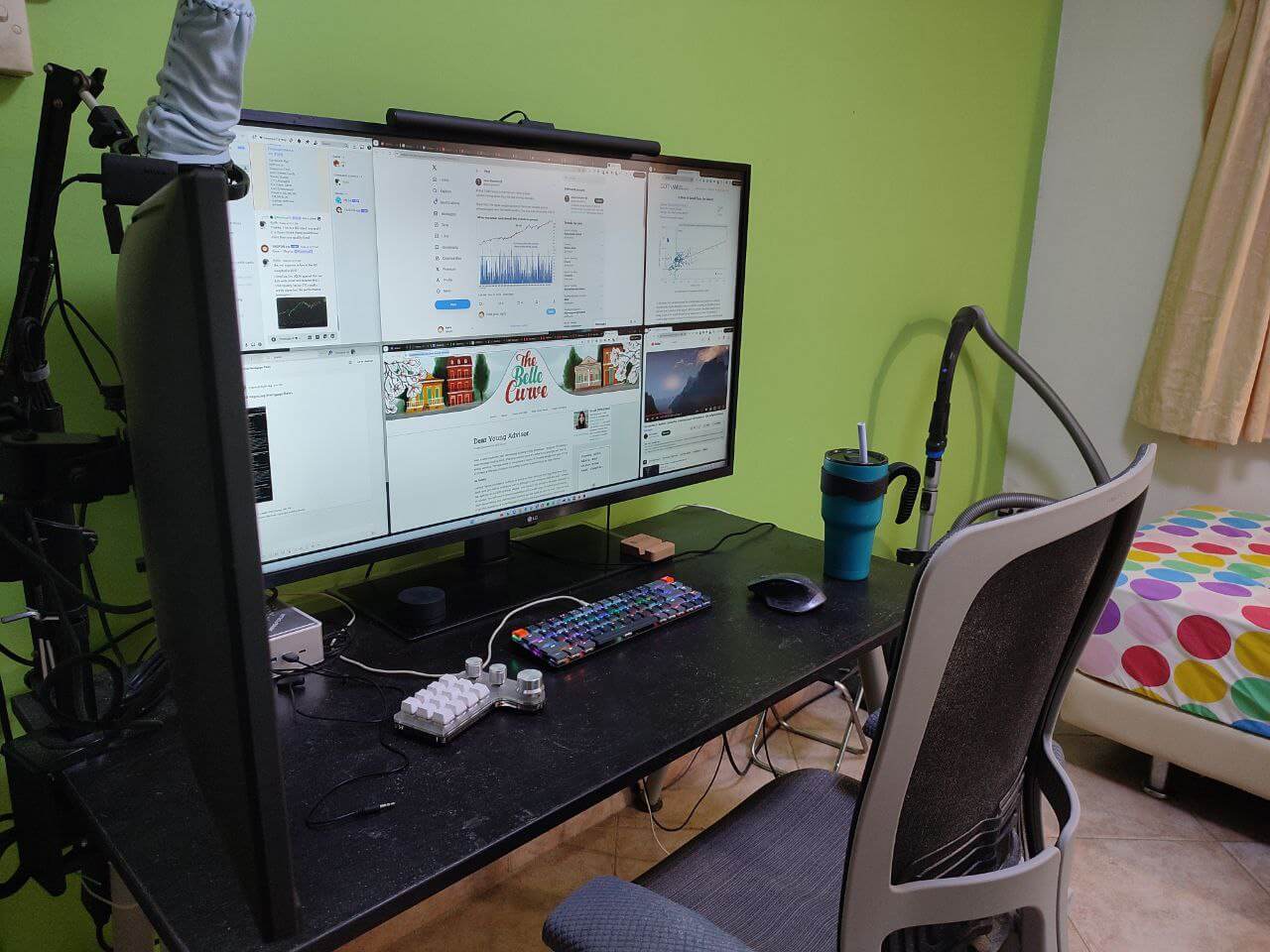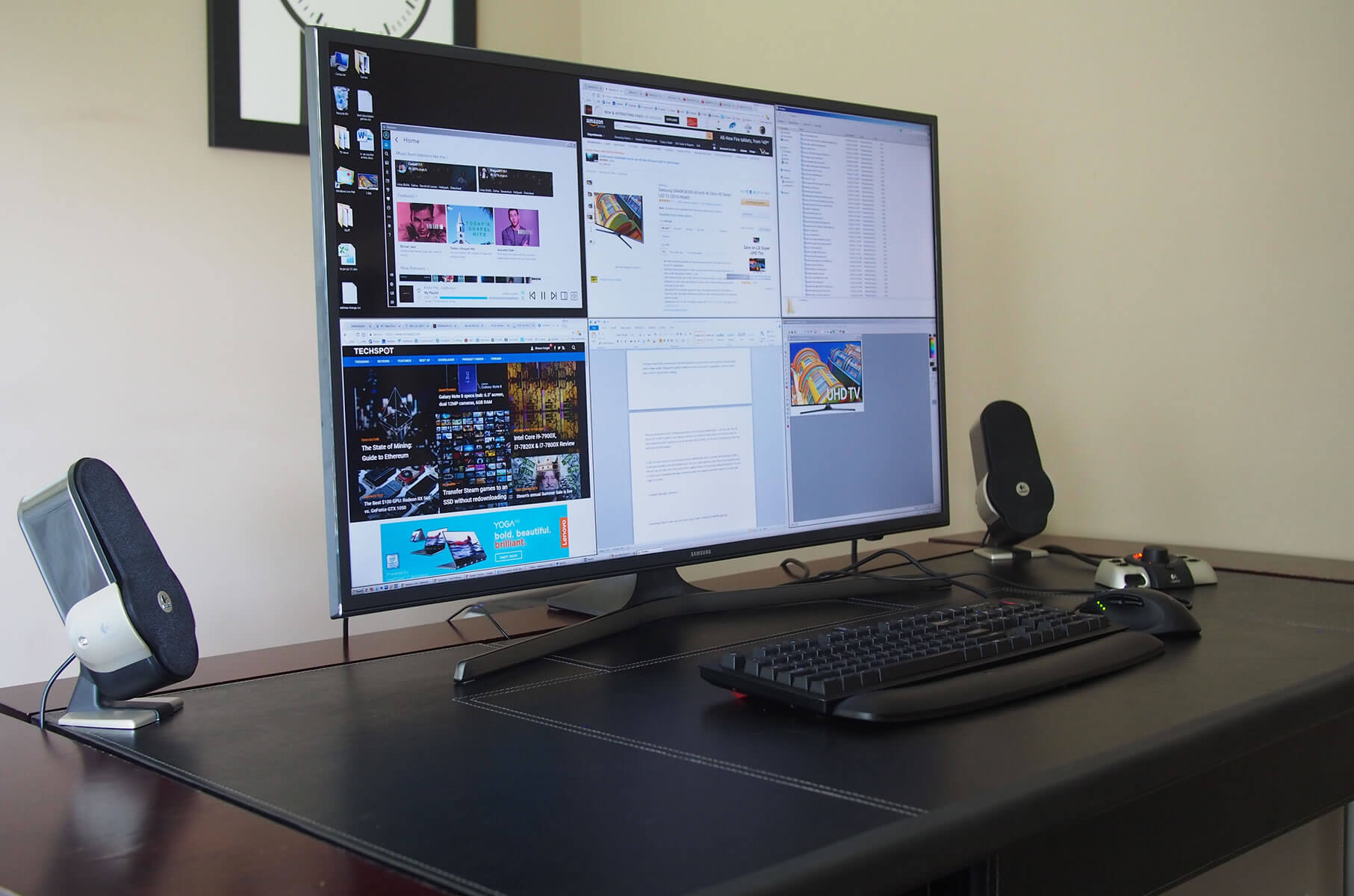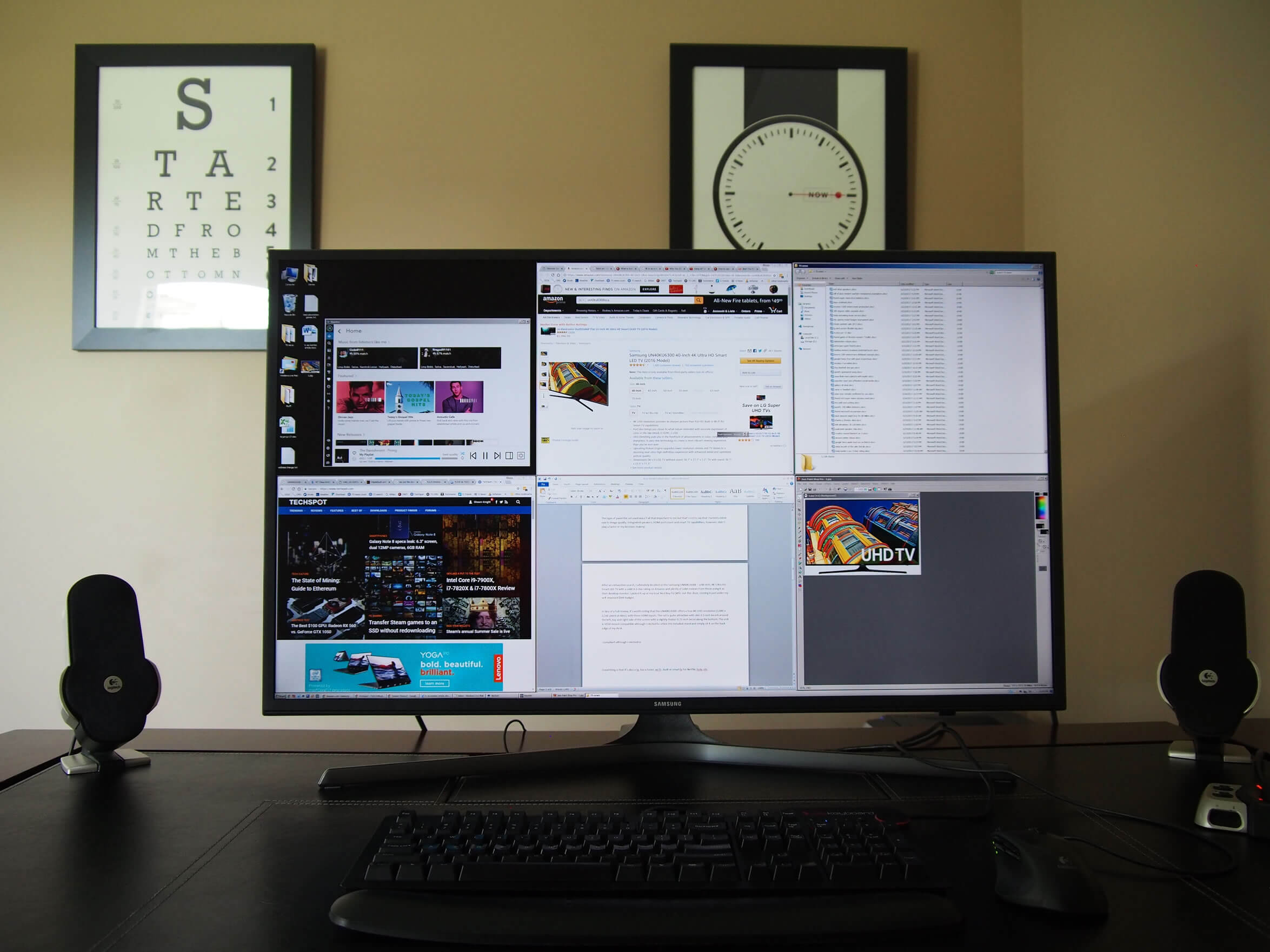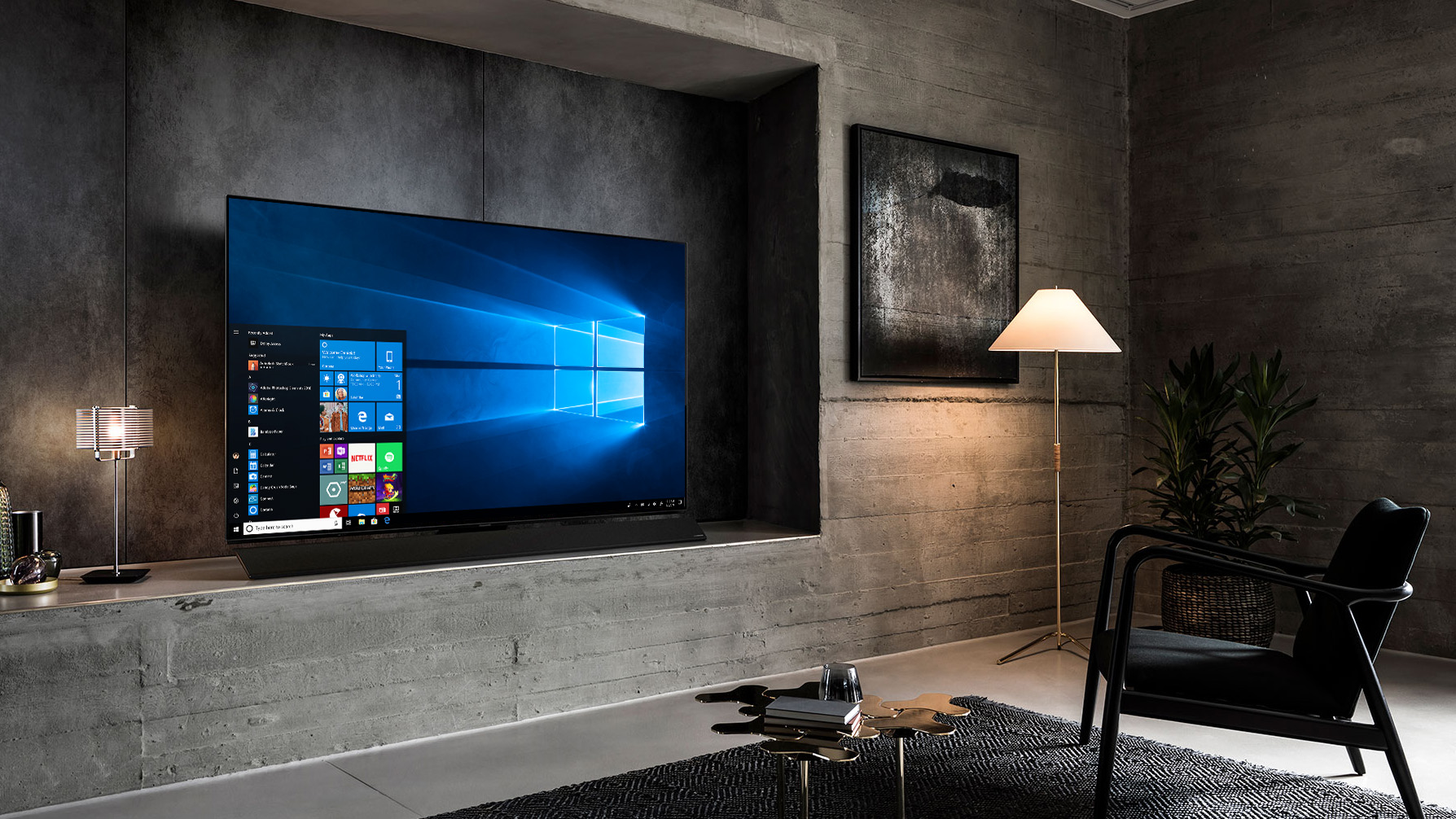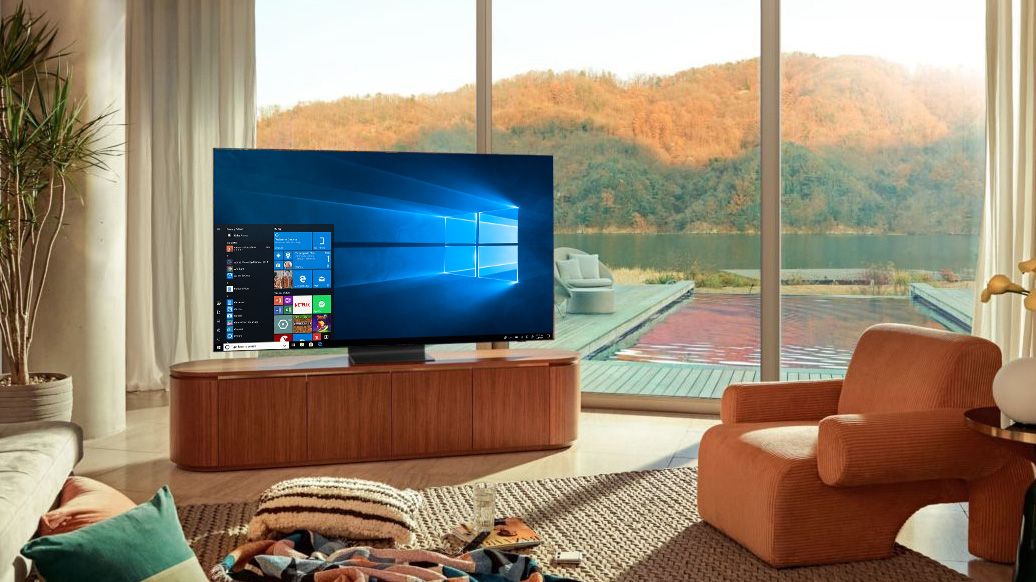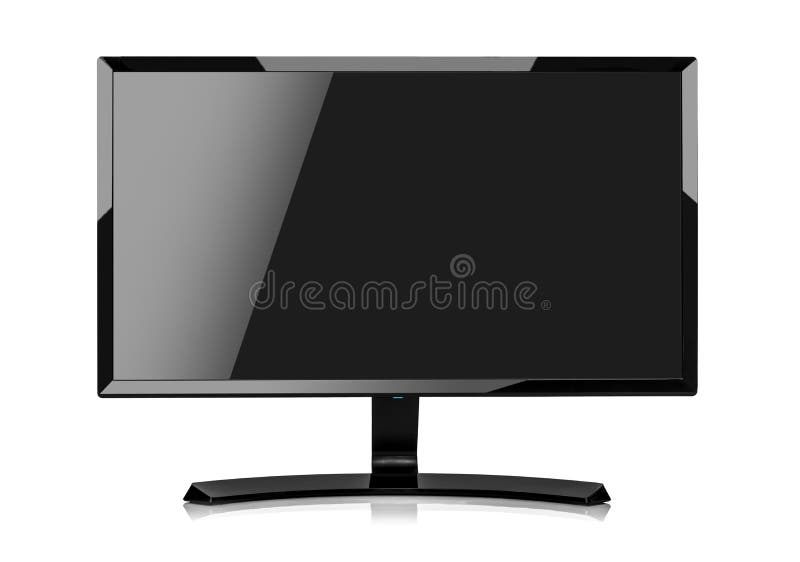Best Led Tv To Use As Computer Monitor
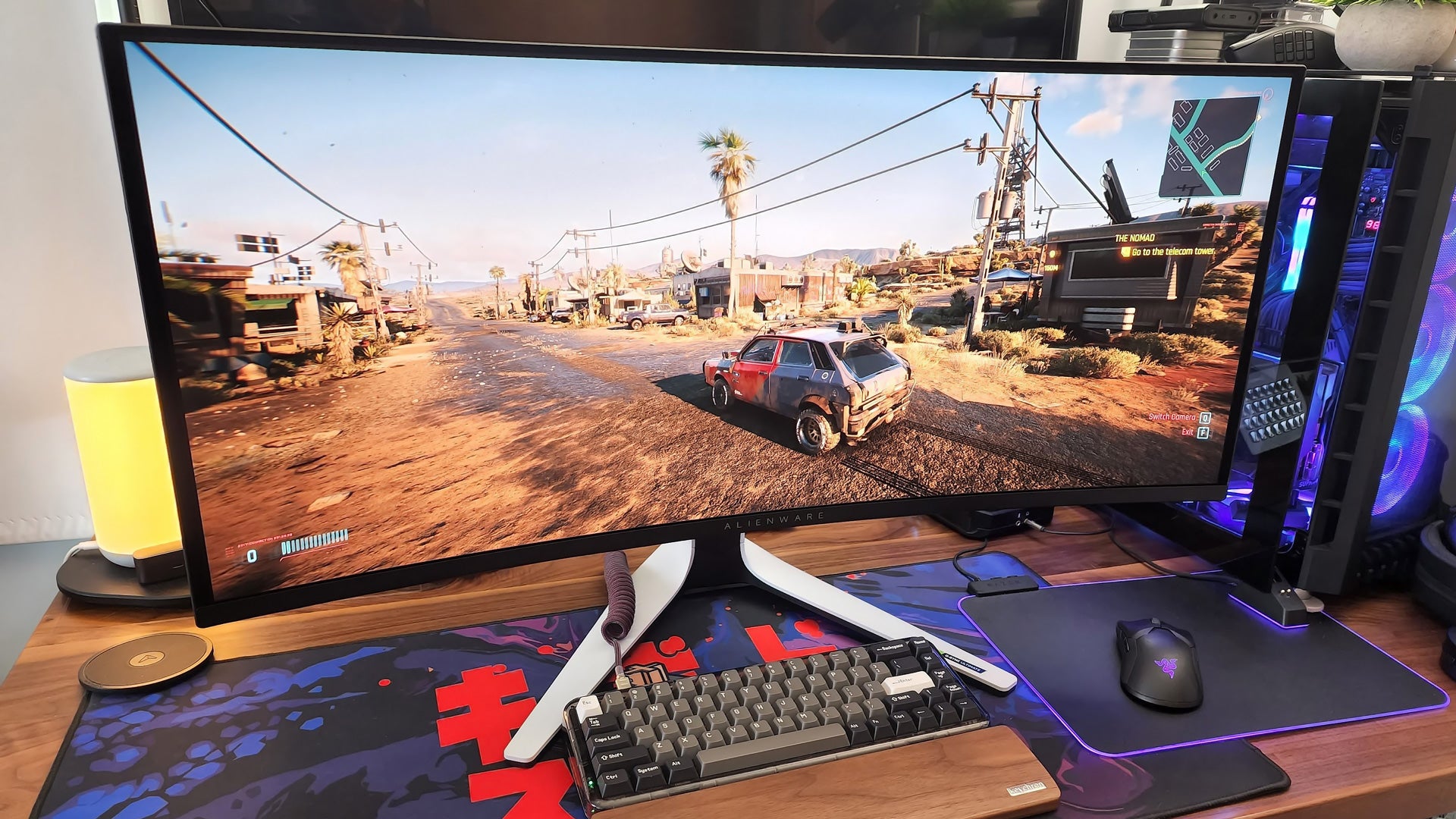
Tired of squinting at a small monitor while working from home? Thinking about ditching your current display for something bigger and bolder? You're in the right place.
This article is for the first-time buyer, the one who's considering using an LED TV as a computer monitor and feeling a little overwhelmed. We'll cut through the jargon and get you set up with the perfect display for your needs.
Why Consider an LED TV as a Computer Monitor?
LED TVs offer a compelling alternative to traditional monitors, especially for those seeking larger screen sizes and immersive experiences. Imagine gaming on a 55-inch screen, or having ample space to spread out multiple windows for enhanced productivity. The possibilities are numerous.
However, not all LED TVs are created equal when it comes to computer use. We'll help you navigate the key features and potential pitfalls, ensuring you make an informed decision.
Top 5 LED TVs for Computer Use: A Comparison
| Model | Price (USD) | Screen Size (Inches) | Resolution | Response Time (ms) | Warranty |
|---|---|---|---|---|---|
| LG C3 Series OLED | $1,400 | 42 | 4K UHD | 1 | 1 Year Limited |
| Sony X90L | $1,200 | 55 | 4K UHD | 6 | 1 Year Limited |
| Samsung QN90C Neo QLED | $1,300 | 50 | 4K UHD | 5 | 1 Year Limited |
| TCL 6-Series Roku TV | $700 | 55 | 4K UHD | 8 | 1 Year Limited |
| Hisense U8 Series Mini-LED ULED | $900 | 55 | 4K UHD | 8 | 1 Year Limited |
Detailed Reviews: Diving Deeper
LG C3 Series OLED
The LG C3 offers exceptional picture quality with its OLED display, delivering perfect blacks and vibrant colors. Its incredibly low response time makes it a top choice for gamers. The price point is higher, but the performance is worth the investment for serious users.
Sony X90L
Sony's X90L balances performance and price effectively. Its full-array local dimming enhances contrast, while its wide viewing angles make it suitable for multiple users. The processing power of the Sony also ensures smooth upscaling of lower-resolution content.
Samsung QN90C Neo QLED
The Samsung QN90C shines with its bright and colorful Neo QLED technology. Mini-LED backlighting allows for precise light control, resulting in excellent contrast. This Samsung TV is great for brightly lit rooms where OLED panels may struggle.
TCL 6-Series Roku TV
TCL's 6-Series is a budget-friendly option that doesn't compromise too much on quality. It offers good picture quality for the price, with decent contrast and color accuracy. Roku TV's simple interface is also a bonus.
Hisense U8 Series Mini-LED ULED
The Hisense U8 presents an appealing value proposition with its Mini-LED technology at a mid-range price. It offers a bright picture, good contrast, and supports Dolby Vision and HDR10+. Hisense is a brand on the rise, offering more features for less money.
Used vs. New: Weighing the Options
Buying used can save you money upfront, but comes with risks. A used LED TV might have hidden issues, a shorter lifespan, and no warranty protection. A new TV offers peace of mind and the latest technology.
Used: Cheaper, but riskier. New: More expensive, but reliable.
Consider if the savings are worth the potential hassle and lack of support.
Reliability Ratings by Brand
Here's a general overview of brand reliability, keep in mind that reliability can vary model by model:
- LG: Generally considered very reliable, especially their OLED models.
- Sony: Known for high build quality and reliability.
- Samsung: A very popular brand with a good reputation for reliability.
- TCL: Becoming increasingly reliable, but still relatively new to the market compared to the others.
- Hisense: Similar to TCL, improving reliability over time, but still less established.
Checklist: 5 Must-Check Features Before Buying
- Resolution: Opt for 4K UHD (3840 x 2160) for crisp text and detailed images.
- Response Time: Aim for a response time of 8ms or lower, especially for gaming. Lower response times prevent motion blur.
- Input Lag: Low input lag is critical for responsive gameplay. Look for TVs with input lag under 20ms.
- Connectivity: Ensure sufficient HDMI ports (preferably HDMI 2.1) for your devices.
- Panel Type: Consider OLED for the best picture quality or LED/QLED for brightness and value.
Key Takeaways
Choosing the right LED TV as a computer monitor requires careful consideration. Prioritize resolution, response time, input lag, and connectivity. Weigh the pros and cons of buying used versus new, and consider brand reliability.
Each brand has its strengths and weaknesses, so choosing depends on your needs.
Ultimately, the best LED TV for you is the one that fits your budget, usage scenarios, and personal preferences.
Ready to upgrade your viewing experience? Click here to browse the latest deals on LED TVs and find the perfect display for your needs! Don't hesitate to compare the recommended models with your specific requirements before making the decision.
